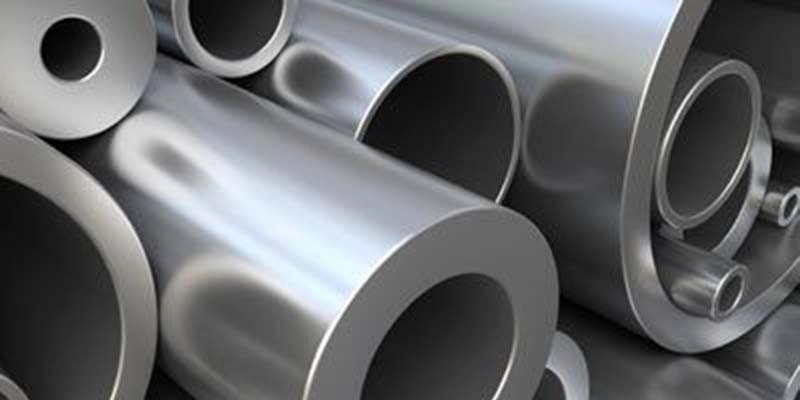The Discovery and Early Uses of Steel
Steel, an alloy of iron and carbon, dates back to the Iron Age (1200 - 600 BCE) when humans first started working with iron. However, the intentional production and use of steel emerged later.
The earliest evidence of steel production comes from 4th century BCE India, where Wootz steel was manufactured. This high-quality steel was later traded by Arab merchants to the Middle East and Europe, where it became the foundation for the legendary Damascus steel of the Middle Ages.
In China, steel-making techniques advanced significantly during the Han Dynasty (206 BCE - 220 CE), contributing to the development of weapons and tools.
The Industrial Revolution and the Rise of the Steel Industry
Steel production saw a major breakthrough during the 18th and 19th centuries, thanks to the Industrial Revolution. Key innovations included:
- Bessemer Process (1856): Developed by British engineer Henry Bessemer, this method removed impurities from molten iron, making steel production faster and cheaper.
- Siemens-Martin Process (1865): Allowed for the production of higher-quality steel.
- Thomas Process (1877): Enabled the use of phosphorus-rich iron ore for steel-making.
These advancements led to the widespread use of steel in railways, ships, buildings, and machinery. By the 20th century, steel had become the backbone of modern industry.
Modern Applications of Steel
Today, steel is found in almost every aspect of life. Some of its key applications include:
- Construction Industry: Used in skyscrapers, bridges, tunnels, and infrastructure projects.
- Automotive Industry: Found in car frames, engine components, and safety features.
- Energy Sector: Essential for wind turbines, oil refineries, and nuclear plants.
- Defense Industry: Used in tanks, warships, and military aircraft.
- Household Goods: Stainless steel is widely used in cutlery, cookware, and appliances.
Conclusion
With a history spanning thousands of years, steel has played a crucial role in shaping civilizations. The Industrial Revolution paved the way for mass production, and today, steel remains one of the most important building materials in the world. With continuous advancements, more sustainable and durable steel solutions are being developed for the future.






